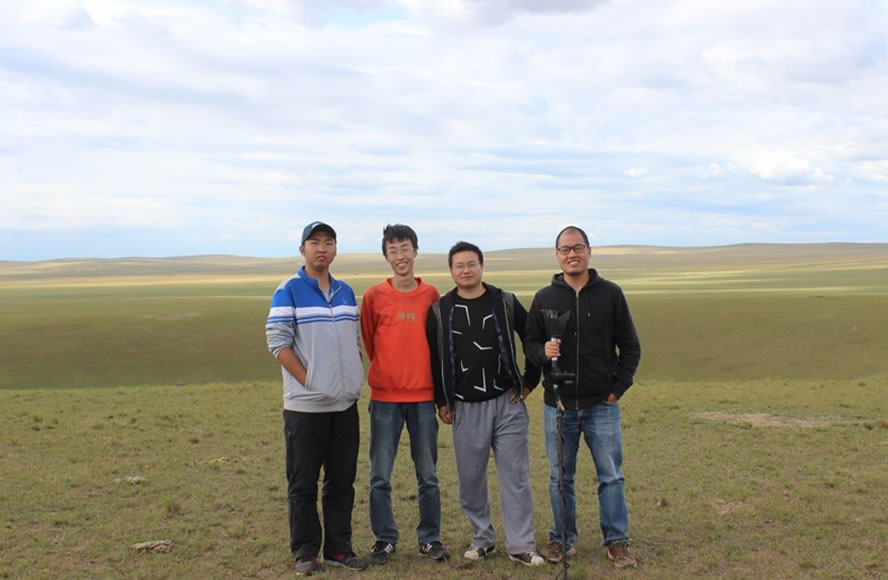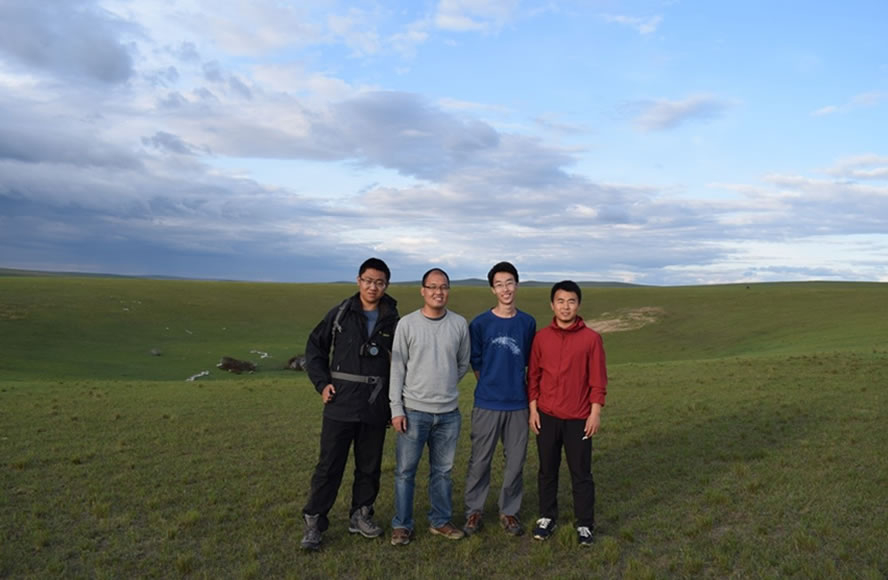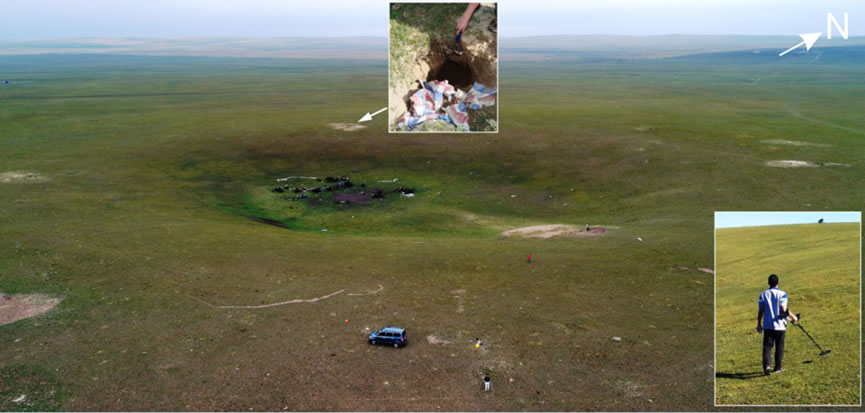Impact crater research team went to Inner Mongolia for field investigation
Since the 1960s, research on Earth's impact craters has developed rapidly. So far, 191 Earth impact craters have been confirmed worldwide. Earth impact crater research is of great significance for understanding the origin and evolution of solar system celestial bodies, and has a major impact on the Earth system, such as environmental changes and mineral resources. China's land area accounts for 6.4% of the world's land area, but so far only the Xiuyan impact crater in Liaoning has been confirmed. The impact history of the solar system and the distribution of Earth's impact craters indicate that there should be a large number of unconfirmed impact craters in China.
Since 2014, a research team led by Professor Xiao Zhiyong from the Department of Space and Planetary Science, School of Atmospheric Sciences, Sun Yat-Sen University, has been dedicated to exploring impact craters in China. Through the Sino-German joint field expedition, the team successfully proved in 2014 that the Duolun ring structure in Inner Mongolia was not the cause of the impact (Xu et al., 2017 MAPS).
In recent years, the team has carried out several field investigations and sample analysis on a ring structure with a diameter of about 300 meters located on the Hulunbuir grassland in Inner Mongolia. Using UAV photogrammetry technology, a centimeter-level high-resolution digital elevation model of the annular structure was established; rock slices were used to search for possible evidence of impact metamorphism, and metal detectors were used to search for possible meteorite fragments. Due to the inherent geological characteristics of small impact events, there is currently no absolute evidence for the cause of the impact on the surface. However, regional geological and comparative geomorphological studies have shown that the impact of extraterrestrial bodies is the most likely genesis mechanism for the annular structure, so the annular structure is named as the suspected Hailar impact crater. The research result "Hailar crater – A possible impact structure in Inner Mongolia, China" was published in Geomorphology, the top international journal of geomorphology.




